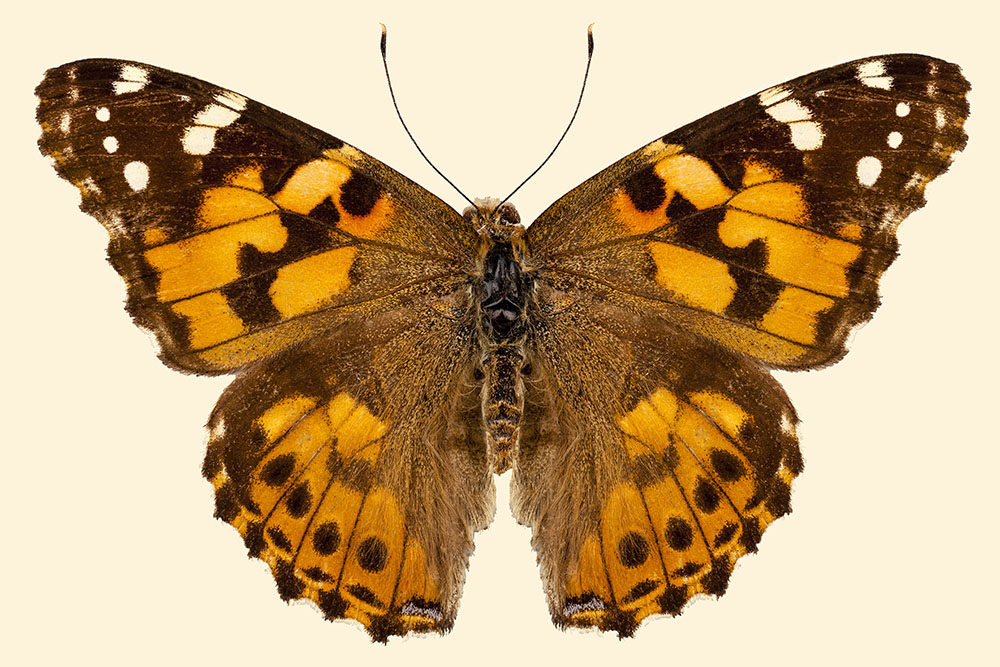We’re away until January 4, but we’re reposting some of our favorite pieces from 2020. Enjoy your holiday!
The painted lady larvae came in a small, clear plastic cup with a half inch of growth medium on the bottom. Tiny holes in the lid for air. The day they arrived, each was no longer nor thicker than an individual, mascara-plumped eyelash. There were six living larvae in the cup. You could find them if you looked, squirming across the medium or edging up the sides, but you had to look.
I never thought much about eyelashes until I started shopping for them. Now they’re the first thing I notice on a woman. My daughter is a dancer. She’s only nine, but her dance school requires she wear false lashes for all performances. I’ve always been afraid of glue-on lashes. The ripping off part scares me the most. I’m afraid the adhesive will take with it something that matters. Instead, I found a company that makes magnetic lashes. A thick coat of eyeliner, and they stay right on. They are endless, the things I discover so my girl can do what she loves.
from The Paris Review https://ift.tt/2WWMmS6

Comments
Post a Comment